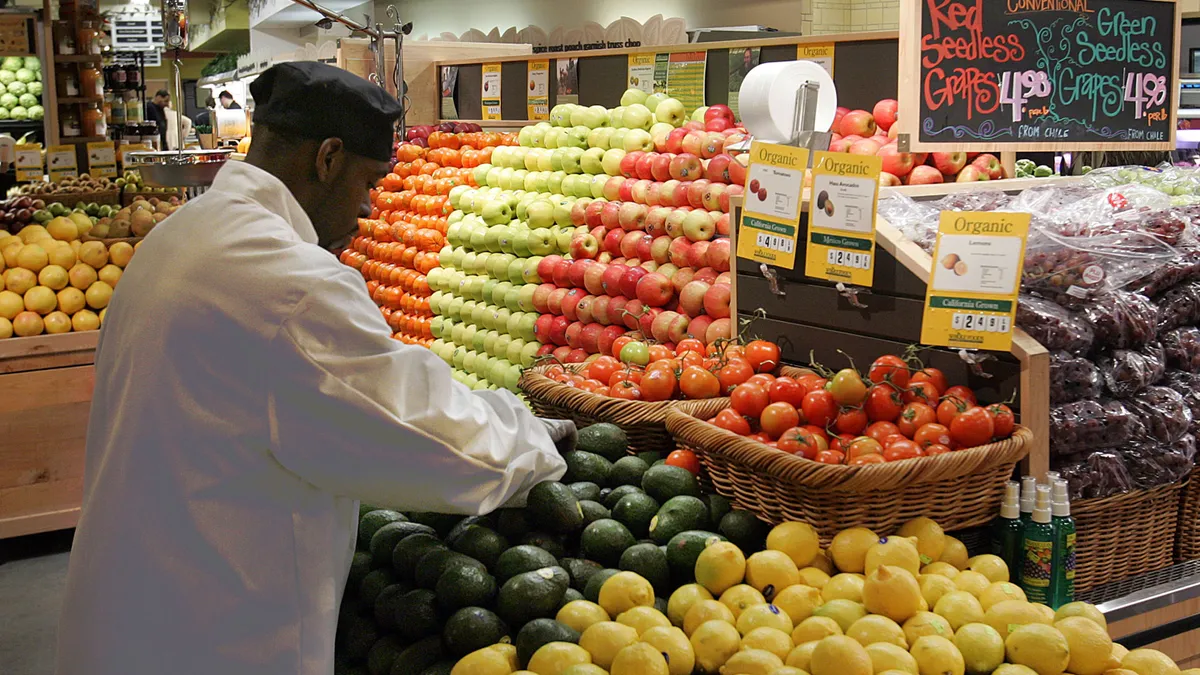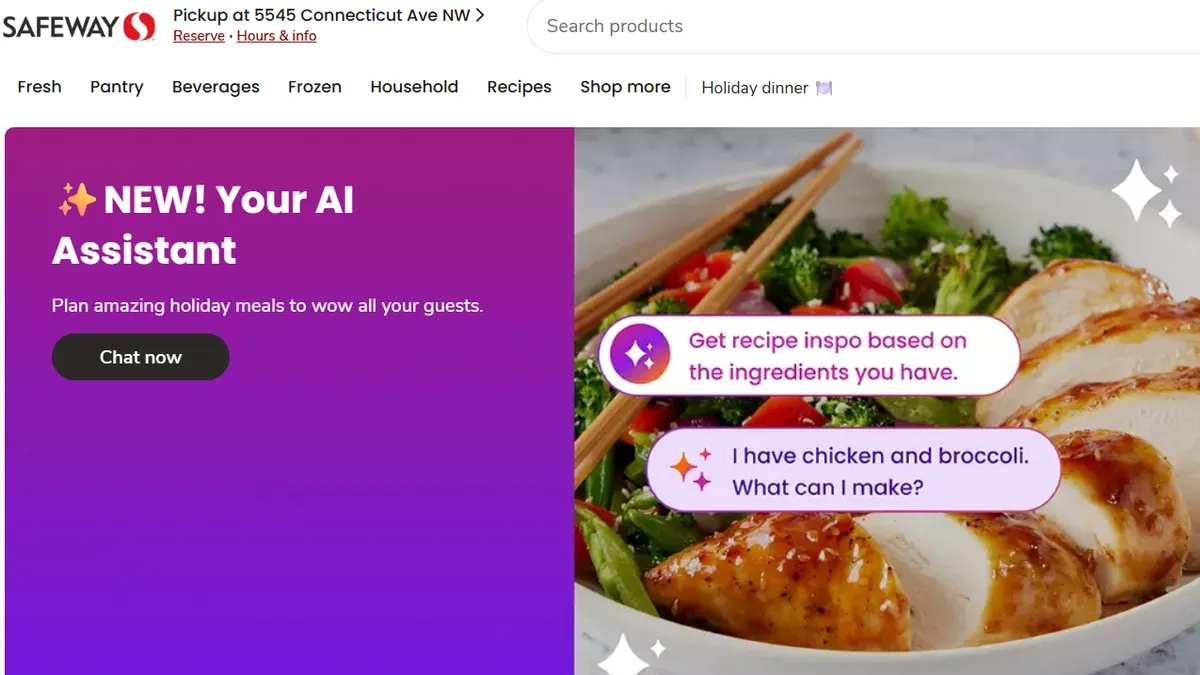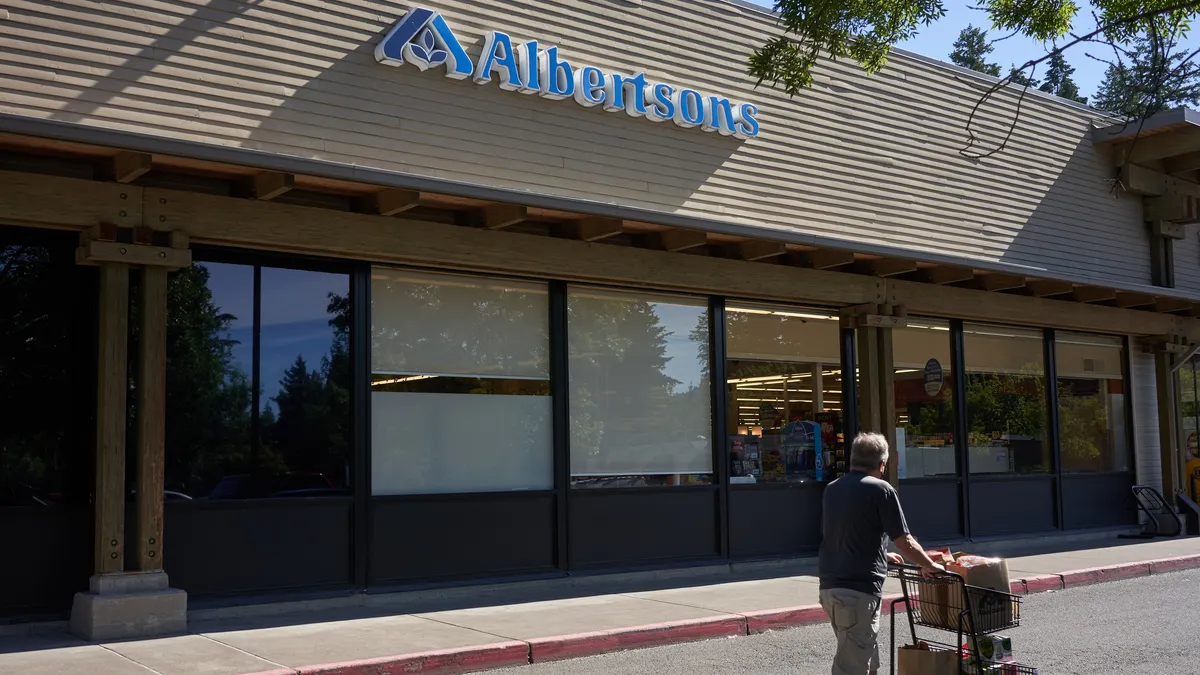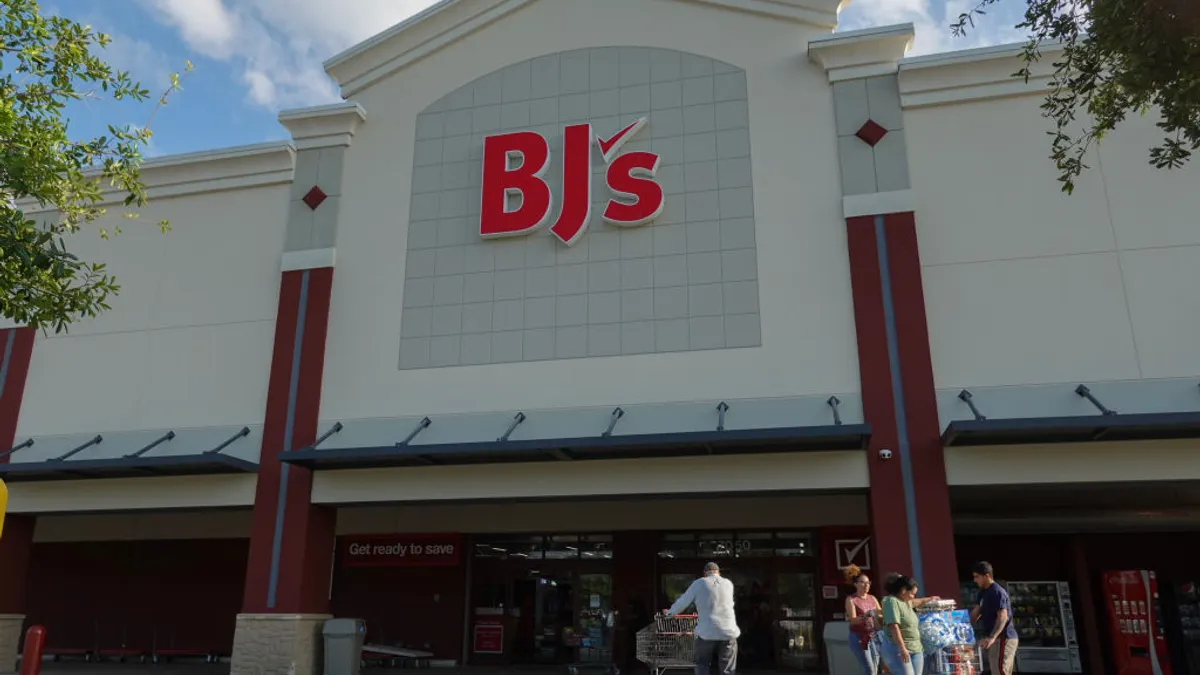As the top U.S. executive of Dunnhumby, Matt O’Grady runs a digitally focused organization dedicated to helping grocers thrive in a fast-paced environment where understanding shopper behavior at the most granular level is critical.
But while he studies the grocery business through a technology-based lens, O’Grady strives to view the industry through the eyes of an individual consumer and is wistful for the days when human interaction with store employees defined the shopping experience. That sense that stores need to build customized ties with customers even as they look for ways to maximize sales opportunities is at the heart of how O’Grady approaches the international retail data analysis powerhouse’s role in providing intelligence and guidance to retailers.
“When I grew up you would have known the store manager or you would have known the stock boy or you would have known the checkout person. Those days are long gone, because stores are so enormous and so prevalent and there’s so many shopping patterns, but personalization [technology] is creating that emotional connection with the store” that shoppers continue to look for, said O’Grady, who serves as president of the Americas region for Dunnhumby.
Based in Chicago, O’Grady’s company is known for studies like its Retailer Preference Index, which provides insight into grocers’ value propositions, and Consumer Trends Tracker, which looks at shopper needs, perceptions and behavior over time.
O’Grady, who served in executive roles at 12th Street Measurement and Nielsen before joining Dunnhumby in December 2022, makes a point of visiting stores the company works with to see the company’s recommendations in action.
“I love going to visit a store before I go and speak with the store leaders to see what it's like. I go in with people who work at Dunnhumby and show me, hey, this was our recommendation under category management to offer three for the price of two, and I’m very proud of when we make an actual impact,” O’Grady said.
O’Grady is particularly impressed with how quickly grocers have adopted retail media as a way to connect with shoppers: “I knew retail media was growing when I came here, but to see how fast it’s growing, and how much of it is in-store, is phenomenal. It’s going to be bigger than linear TV within six to 12 months. That was a big surprise for me.”
O’Grady discussed Dunnhumby’s role as a data provider to retailers in a recent interview with Grocery Dive.
This interview has been edited for length and clarity.
GROCERY DIVE: At a basic level, what’s your definition of personalization?
MATT O’GRADY: We did a study and asked consumers what personalization means to them and there were three pillars. The first of them is targeted savings. Everybody wants to save money, and that’s across socio-economic classes. Number two is a frictionless experience. How easy is it to shop there? And number three is localized assortment, to make you feel more part of the community.
How does personalization figure into the way you think about omnichannel grocery shopping?
I would say that personalization is a way to reconnect with the store. That could be an in-store experience or it could be e-commerce as well. It’s a way to really reignite that connection or that love with the store [but] it's not ruling out e-commerce as an option.
What are your thoughts about the connection between personalization and loyalty programs?
Based upon the input or the feedback we get on this and the willingness and how many people are revamping or improving their loyalty or relaunching their loyalty programs, I’m just shocked at how many people are investing. Whether you have multiple banners or one banner, loyalty programs have a lot to do with them understanding that personalization is here to stay and it is the new connection with shoppers.

How do you view the links between retail media and personalization?
If [retailers] don't have a personal relationship with a shopper, they're not going to know what they're buying. They're not going to be able to advertise to them. So that's a side tailwind that's adjacent to personalization. You can’t ignore the retail media factor and the money they're making from that.
Do you think retailers will continue to place a heavy emphasis on value even as inflation falls?
I wouldn't say that everybody's going to [get into] everyday low pricing, because there's other benefits, like more SKUs and more service [that stores can offer], but the obsession with savings, I think, is here to stay.
Targeted savings is the number one thing. We saw from a study we did earlier in [2023] on what inflation actually was compared to what the consumer perception was [that they were] completely divergent. Regardless of socio-economic class, everybody wants to save money. It’s almost like a sport.
How do you think grocers will approach e-commerce fulfillment going forward as the meaning of “omnichannel” evolves?
I think every retailer would love it if it's as localized as possible because that minimizes their carbon footprint, but it’s the efficiency with which they can deliver that is driving a lot of it. You want those e-commerce centers to be as efficient as possible.



















